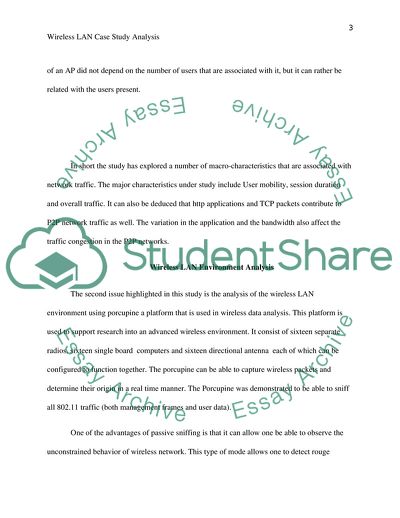Wireless LAN: Traffic and Congestion Control Case Study. https://studentshare.org/information-technology/1868304-wireless-lan-case-study
Wireless LAN: Traffic and Congestion Control Case Study. https://studentshare.org/information-technology/1868304-wireless-lan-case-study.


